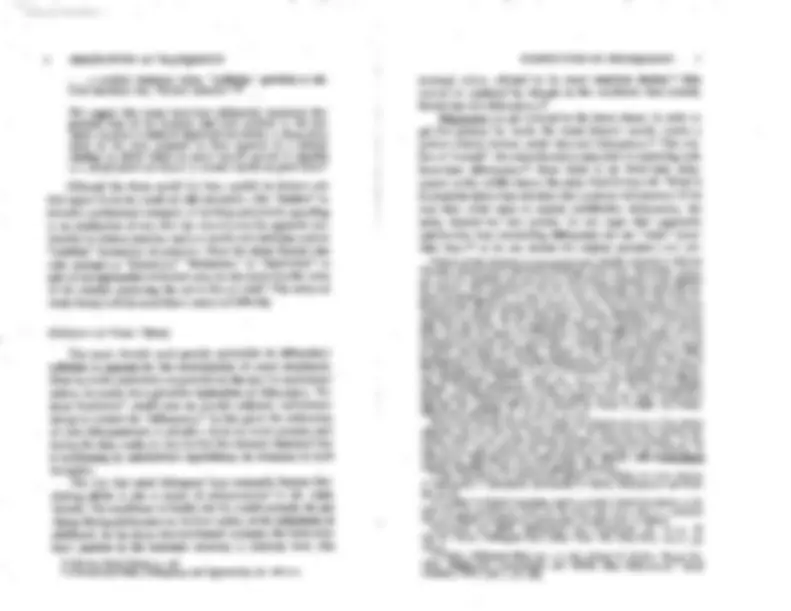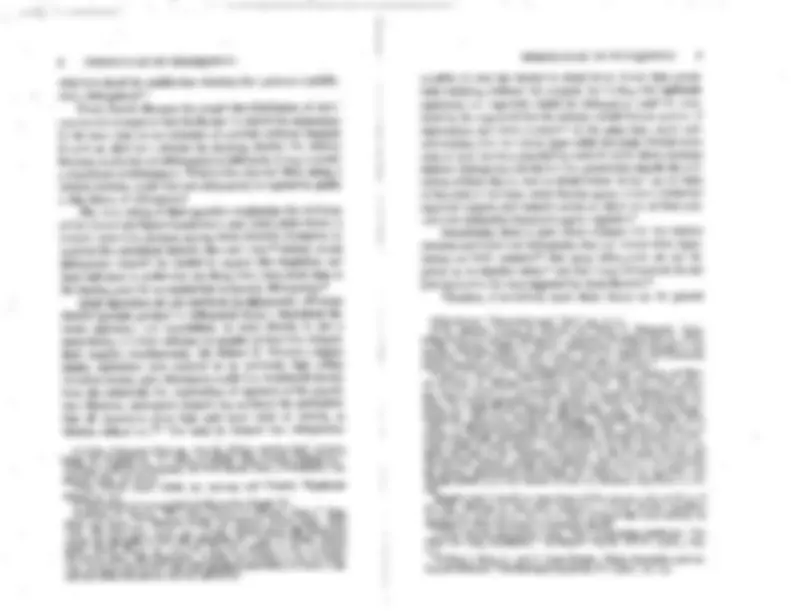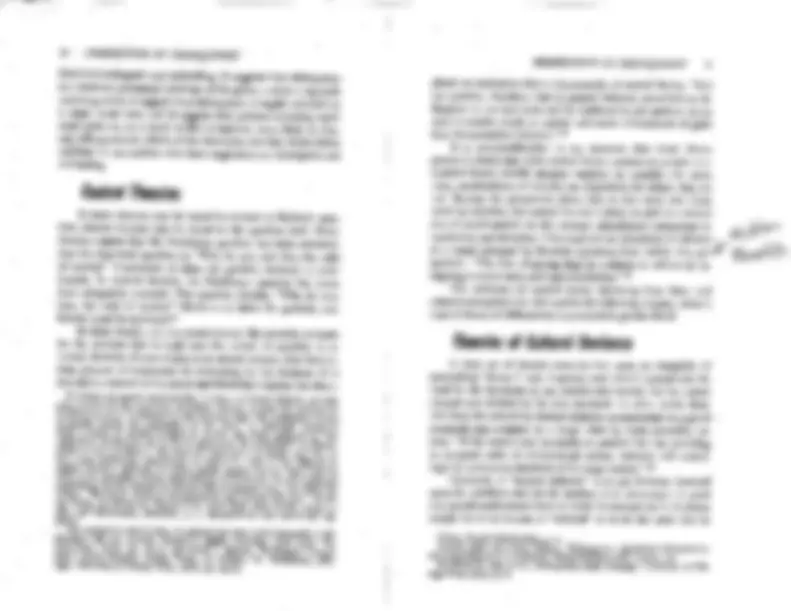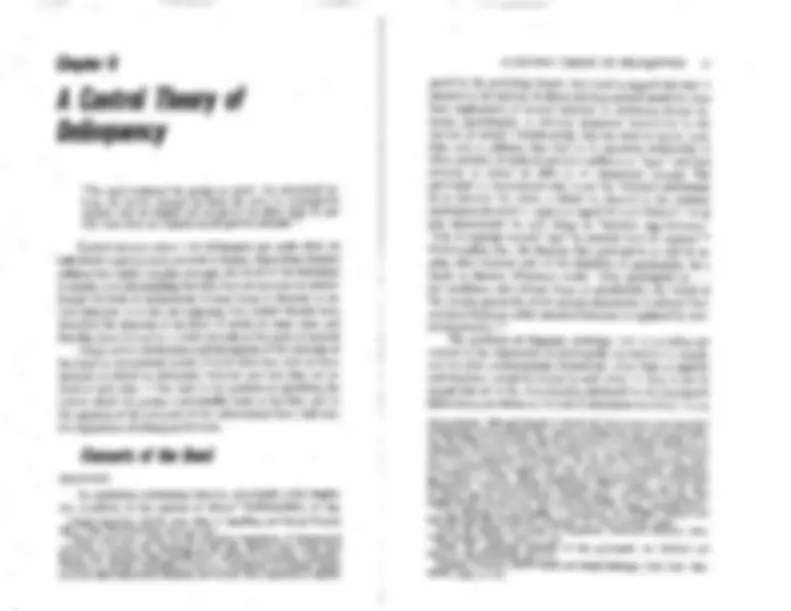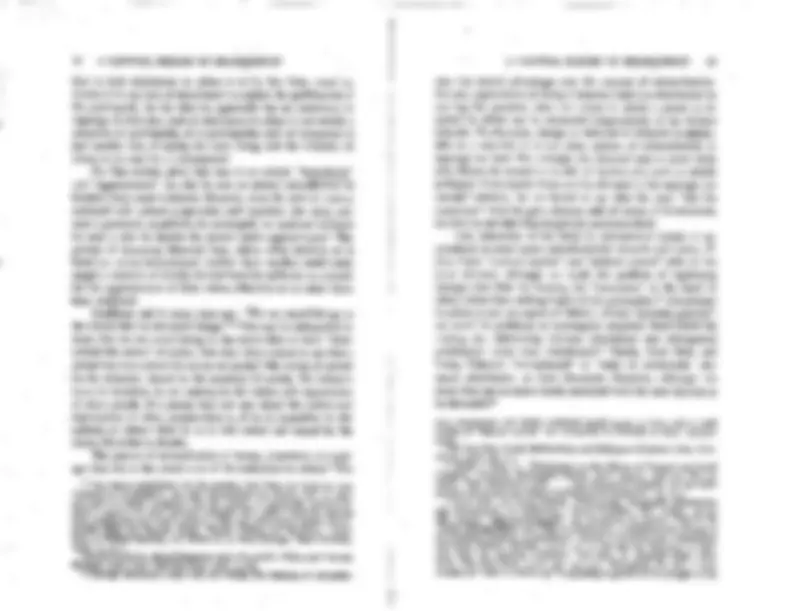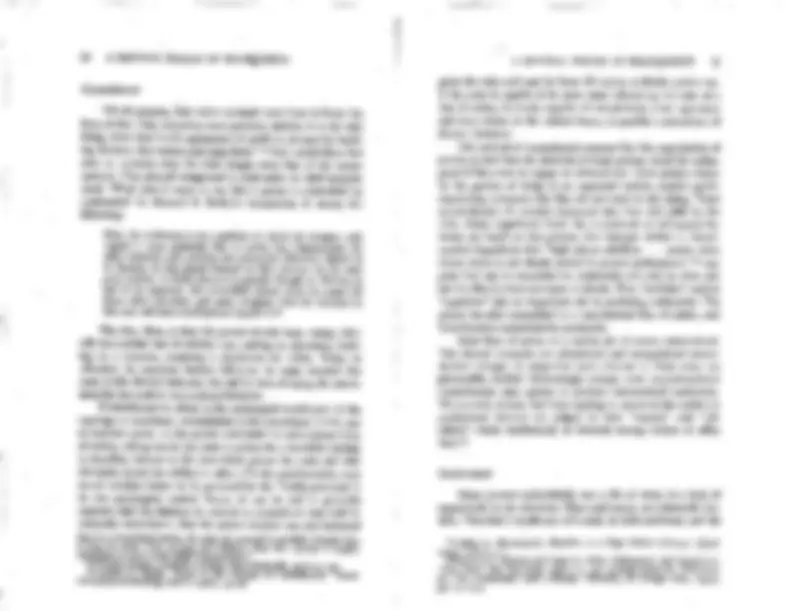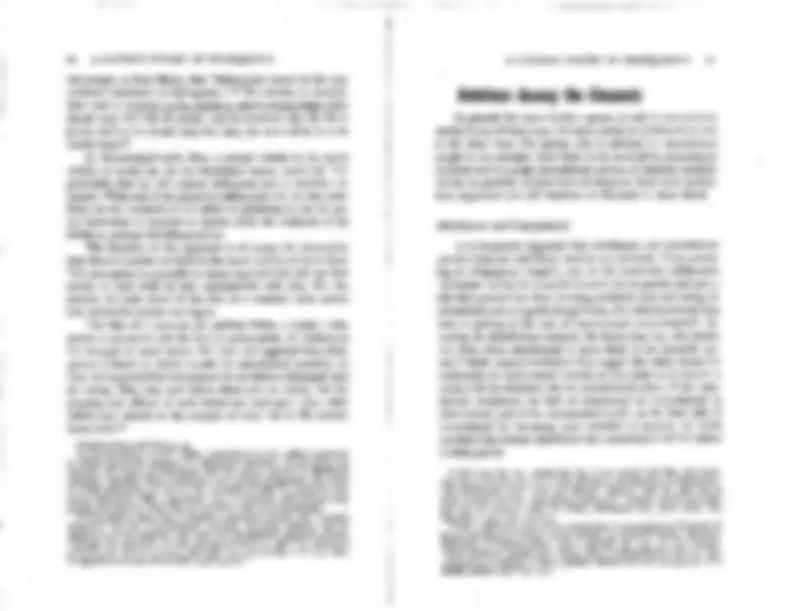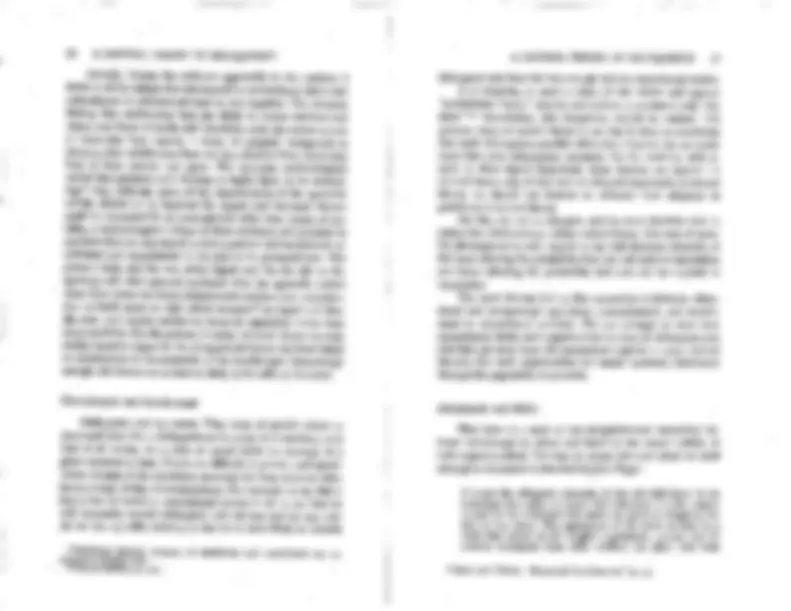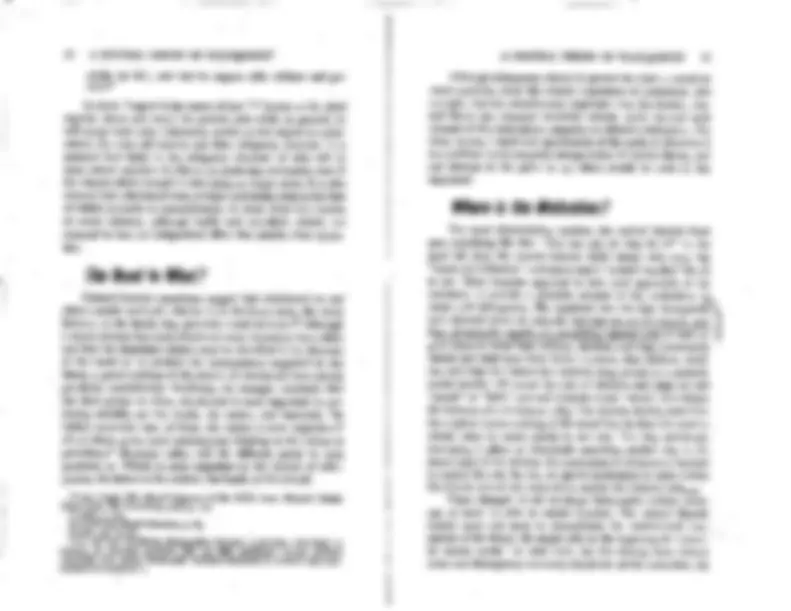Partial preview of the text
Download Cultural Deviance Theory in Delinquency Chapter and more Study notes Sociological Theories in PDF only on Docsity!
lev eset [164 Chapter | Perspectives on Delinquency ‘Three fundamental perspectives on delinquency and deviant behavior dominate the current scene. According to-strain or moti- vational theories, legitimate desires that conformity cannot satisfy force a persan into deviance.! According to contral.pr bond thco- ties, a person is free to commit delinquent acts becausc his ties to the conventional order have somehow becn broken.? According to cultural. deviance. theories,.the deviant conforms to a set of stan- dards not accepted by a larger or more powerful society.* Although most current theories of crime-and delinquency contain elements of at least two and occasionally all three of these perspectives, 1 The purest example of a strain theory, contaminated only rarely by as- sumptions appropriate to a control theory, is found in Mertan's “Sacial Struc- ture and Anomie” (Robert K. Merton, Social Theory and Social Structure [New York: The Free Press, 1957}, pp-.131-160). One characteristic of strain theory is that the motivation to crime: overcomes or eliminates restraints-—such as considerations of morality (see also Talcott Parsons, The Social System [New York: The Free Press, 1952], pp. 249-325). Becuuse Merton traces his intellectual history to. Durkheim, strain theories are often called “anomie” the- ories (see Richard A. Cloward and Lloyd E. Ohlin, Delinquency and Oppor- tunity [New York: The Free Press, 1960], especially pp. 77~143). Actually, Durkheim's theory is one of the purest examples of control theory: bath an- omie and.egoism are conditions of “deregulation,” and the “aberrant’’.. be. havior ‘lat follows is an automatic. consequence of such-deregulation. . = 2 Control theories take many forms, but all of the works by control the- orists listed below expli adopt the assumption that 1 take as essential to this perspective. David Matze, Delinquency and -Drift (New York: Wiley, 1964). F. Ivan Nye, Family Relationships and Delinquent Behavior (New ‘ark: Wiley, 1958). Walter C. Reckless, The Crime Problem, gth od. (New York: Appleton-Century.Crofts, 1967), Ch. 22. See also Jackson Toby, “Hood- lum or Businessman: An American Dilemma,” The Jews, ed. Marshall Sklare (New York: The Free Press, 1958), pp. 542—s50, and Albert J. Reiss, Jr., “Delinquency as the Failure of Persount and Social Controls,” American So- iological Review, XVI (1951), 196-207. : 81 take the term “cultural deviance” from a paper Ruth Kognhauset, “Theoretical Issues in the Sociclogicat Study of Juvenile Delinquency,” min- eographed, Center for the Stndy of Law and Socicty, Berkeley, 1963. Other terms for theories of this type are “cultural conflict,” “transmission,” “sub- cultural,” and “differential association.” The most influential theory of cul- tural deviance is Sutherland’s theory of differential association (see Edwin 1H. Sutherland and Donald R. Cressey, Principles of: Criminology, 7th ed, [Phil- adelphia: Lippincott, 1966], pp. 2-85). See alco Walter B Miller, “Lower 
